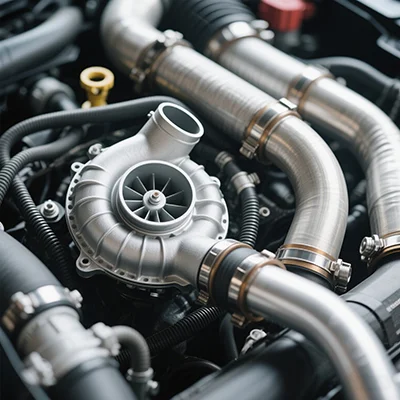In the realm of printing technology, the debate between laser and inkjet printers often centers around initial purchase price versus long-term operational costs. For businesses and individuals alike, understanding whether laser printers are cheaper in the long run is crucial for making informed purchasing decisions. This article delves into the various factors that contribute to the overall cost-effectiveness of laser printers, providing a detailed analysis that goes beyond surface-level comparisons.
Initial Investment vs. Long-Term Savings
When considering the purchase of a printer, the initial investment is often the first factor that comes to mind. Laser printers typically have a higher upfront cost compared to their inkjet counterparts. However, this initial expense can be misleading when evaluating long-term savings.
Laser printers utilize toner cartridges, which generally have a higher yield than ink cartridges. For instance, a standard toner cartridge can print thousands of pages before needing replacement, while ink cartridges may only produce a few hundred pages. This significant difference in yield translates to lower cost per page for laser printers, making them a more economical choice for high-volume printing environments.
Cost Per Page Analysis
To truly understand the long-term cost implications, it is essential to analyze the cost per page (CPP) associated with both laser and inkjet printers. The CPP for laser printers is typically lower due to the efficiency of toner. On average, the CPP for a laser printer can range from 2 to 5 cents per page, while inkjet printers can cost anywhere from 10 to 20 cents per page, depending on the model and type of ink used.
For businesses that require frequent printing, these differences can accumulate rapidly. For example, if a business prints 10,000 pages annually, the cost savings with a laser printer could amount to hundreds of dollars compared to an inkjet printer. Over time, these savings can offset the higher initial purchase price, making laser printers a more cost-effective option.
Maintenance and Reliability
Another critical factor in the long-term cost equation is maintenance. Laser printers are generally more reliable and require less frequent maintenance than inkjet printers. Inkjet printers are prone to issues such as clogged nozzles and dried-out ink cartridges, especially if they are not used regularly. These problems can lead to additional costs for repairs and replacement parts.
In contrast, laser printers are designed for durability and can handle high-volume printing without significant wear and tear. While they may require occasional servicing, the overall maintenance costs tend to be lower. This reliability not only contributes to cost savings but also minimizes downtime, which is particularly important for businesses that rely on consistent printing capabilities.
Energy Efficiency
Energy consumption is another aspect that can impact the long-term cost of ownership. Laser printers, particularly newer models, are designed to be energy-efficient. They often feature sleep modes and quick warm-up times, which can reduce electricity costs over time. In contrast, some inkjet printers may consume more energy during operation, especially if they are used frequently.
When evaluating the total cost of ownership, it is essential to consider energy costs alongside the purchase price, maintenance, and consumables. Over the lifespan of a printer, these energy savings can further enhance the cost-effectiveness of laser printers.
Conclusion: The Verdict on Long-Term Costs
In conclusion, while laser printers may require a higher initial investment, their long-term cost advantages are significant. The lower cost per page, reduced maintenance needs, and energy efficiency all contribute to a more economical printing solution for both businesses and individuals.
